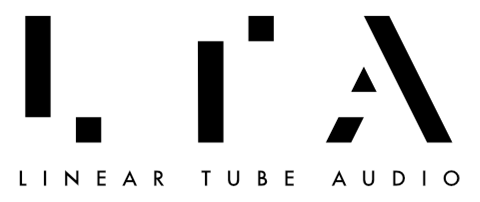Yes. All our power amplifiers can be used as either stereo or monoblock amps. You can switch back and forth between the two modes via a switch on the back of the unit (in older amps) or inside the unit (in newer models).
When used in parallel mode (our more specific term for how the amp is operating when used as monoblocks), the power is increased to varying degrees based on the impedance of the speaker. Changes will be more significant at lower speaker impedances. Since all speakers have impedance dips, it should be significant for all speakers.
Running our amps in parallel offers other important performance gains, such as lowering the output impedance and increasing the current output capacity. Lowering the output impedance (by half) doubles the damping factor. This also means that the amps are more linear to lower impedances.
Here is a testimonial from a customer who upgraded from running one stereo Ultralinear+ to monoblocks:
“In my system...[the monoblocks] brought a more unrestrained quality when listening at higher volumes. Sound is projected more clearly and the speakers disappear to an even greater extent as sound sources. Any distortion that may have been present at high listening levels certainly was vanquished by the addition of the second amp. I expected more image specificity but this was not the case, nor did the stage get wider or deeper. Bass response got slightly tighter, which had the effect of making the system sound ever so slightly leaner on the bottom end. The richness of the lower midrange remained, however, affirming the most striking improvement of the PLUS enhancements--more meat on the bones as such, particularly for piano and strings.”
Related FAQs
